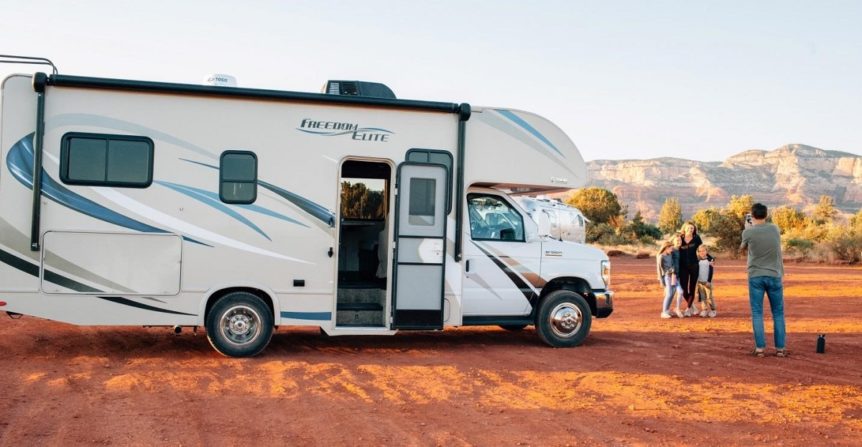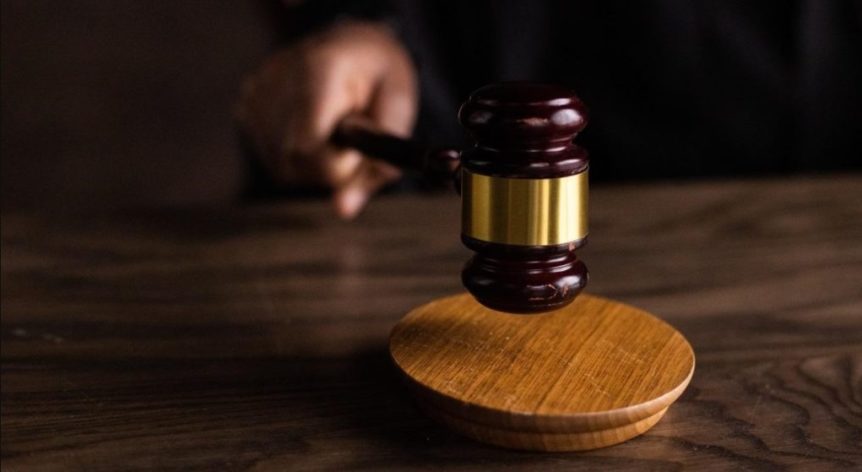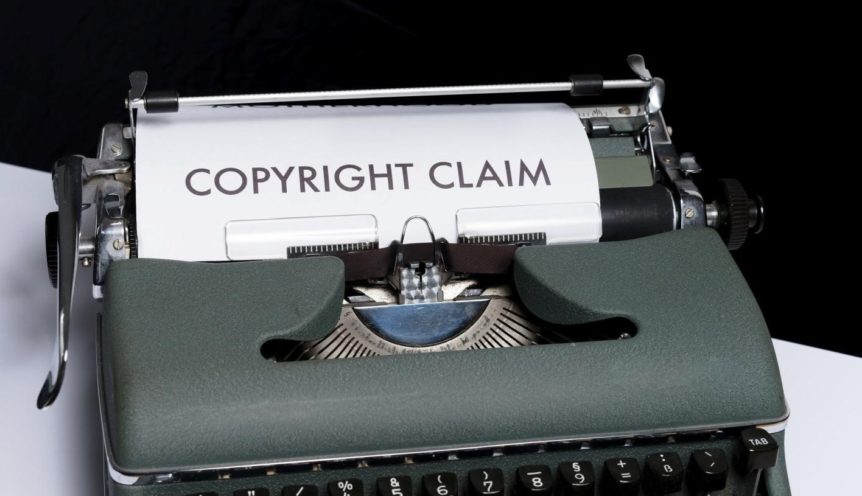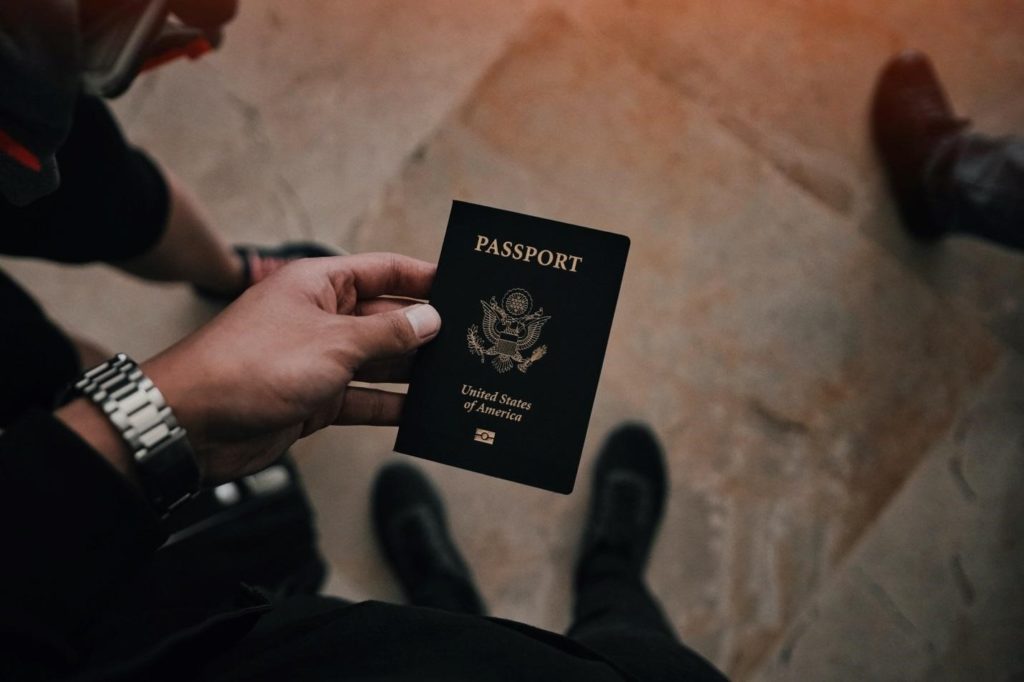When hundreds or even thousands of people all suffer the same harmful effects of the same individual or entity, rather than file several different lawsuits, those people can come together to form a “class.” That way, they can all file a single lawsuit known as a “class action.”
Class action suits arise for several reasons, including defective products such as faulty prescription drugs and vehicle components, stockholder claims such as securities fraud, unfair business practices such as banking and phone services, and even employment-related issues such as wage disputes and discrimination.
How do you join a class action suit? Here’s everything you need to know.
How to Join a Class Action Lawsuit
In most cases, there’s nothing you need to do to join the class action. These types of legal claims are usually opt-out lawsuits. It means that if you’re a class member whose legal interest is represented by the suit, you’ll automatically be included in the claim unless you choose not to participate or “opt-out.”
If a class action suit has been filed, you may receive a letter in the mail indicating that there’s a lawsuit that could affect your legal rights. You won’t have to pay anything since the lawyers handling the case will only receive their fees if they get a favorable outcome.
These would be deducted from the court award or settlement. You only need to take action once the case settles, at which point you’ll need to complete and submit a form online or via mail to get a portion of the settlement.
If the lawsuit is an “opt-in” class action, it means you won’t automatically be included in the claim. The class action notice you receive will contain information on how to join the lawsuit to opt-in.
Can I Sue Without Joining a Class Action Lawsuit?
While pursuing an individual claim against a company is possible, a class action lawsuit gives you better odds of a settlement. There’s strength in numbers, so you stand a better chance of recovering the compensation you otherwise wouldn’t have been able to as an individual. That said, there are some risks of joining a class action lawsuit you need to keep in mind.
For starters, the compensation you’re entitled to receive is restricted to specific economic damages. If a defective product harmed you, the courts would likely award compensation for the cost of treatment and possibly the cost of the item. You won’t be able to recover damages for, say, future medical costs.
Additionally, once you join a class action, you cannot sue the company as an individual – ever. This applies whether or not the class action is successful. If it loses, you’re out of luck.
Top Class Action Suits
Below is a detailed overview of the top class action suits that have been filed in the recent past.
TikTok Lawsuit
If you are a TikTok user in the United States, you might be entitled to a portion of the $92 million settlement to resolve a class action suit over data privacy. Any individual in the country who used the social app before October 1, 2021, can join the nationwide Class.
In the class action suit, plaintiffs accused TikTok of breaching their data privacy rights by collecting users’ personal data without consent or adequate notice. The defendants named in the suit are TikTok Inc. (formerly Musical.ly Inc.), Musical.ly Inc. (now TikTok), ByteDance Inc., and Beijing ByteDance Technology Company Ltd. The companies were accused of violating federal and state privacy laws with regard to the collection of personal information.
While the court did not rule in favor of any of the parties to the suit, the defendants denied any wrongdoing. The parties have since negotiated and agreed on an out-of-court settlement in a bid to save on the time, costs, and uncertainty associated with taking the case all the way to trial.
Any class member who files a valid claim will receive a proportional share of the settlement amount once attorney’s fees and any other related expenses are deducted from the fund. If you used the app to create a video, you might be entitled to compensation. The final class action settlement hearing is slated for May 18, 2022, and the deadline to file a claim is March 1, 2022.
T-Mobile Lawsuit
In August 2021, Stephen J. Vash filed a class action suit against T-Mobile on his behalf as well as that of 100 million of the telecommunication firm’s customers. Vash claimed that T-Mobile betrayed customers’ trust by not properly securing the sensitive personally identifiable information (PII) they provided when they first signed up for the company’s services.
He stated that T-Mobile negligently, recklessly, willfully, and intentionally disregarded plaintiffs’ rights by failing to put in place reasonable measures that ensured customers’ PII was adequately safeguarded.
Some of the personally identifiable and private information provided by customers as part of the telecommunication firm’s sign-up requirements included their full name, birth date, physical address, phone number, and social security number.
Details in the suit state that T-Mobile should have anticipated a potential cyberattack and, as a result, acted negligently by allowing the breach to occur. Plaintiffs also stated that the company did not update, audit, and monitor its cybersecurity patch maintenance and protocols and failed to detect, mitigate, and notify customers of the breach.
Vash further alleged that T-Mobile put customers at risk of suffering significant harm and inconvenience by failing to take measures to prevent the data breach, including fraud. He stated that those affected would now have to channel time and money toward keeping their information safe from cybercriminals.
Plaintiffs are seeking actual, statutory, and punitive damages, as well as injunctive and declaratory relief, as well as restitution and reimbursement for the attorney fees and expenses incurred during the duration of the suit.
Zantac Lawsuit
On April 1, 2020, the Food and Drug Administration (FDA) called for the immediate withdrawal of all over-the-counter and prescription Zantac medications from the market, including generic forms like ranitidine. The federal agency arrived at this decision after the widely popular heartburn medication was linked to a known carcinogenic substance.
Seven months earlier, Sandoz Inc., the drug company that manufactures Ranitidine Hydrochloride Capsules (Zantac) 150 mg and 300 mg, had issued a voluntary recall after they discovered the presence of N-Nitrosodimethylamine (NDMA). The substance is considered a probable human carcinogen.
According to the FDA, medications that contain ranitidine often contain trace amounts of NDMA. Lab tests have since demonstrated that the substance is potently carcinogenic even in low quantities. Since then, several generic Zantac manufacturers have issued recalls, including Zantac suppliers for CVS, Rite Aid, Walmart, and Walgreens. Sanofi, a well-known manufacturer of brand-name Zantac, also issued a recall in October 2019.
Thousands of Zantac lawsuits have since been filed in the federal courts and have now been consolidated into a class action multidistrict litigation (MDL). According to the MDL steering committee, you are eligible to join the suit if you or a loved one has been diagnosed with cancer of the stomach, liver, pancreas, bladder, or esophagus. The initial cases are expected to go to trial toward the end of 2022.
Roundup Lawsuit
In March 2015, the International Agency for Research on Cancer (IARC) released a report indicating that glyphosate, the active ingredient in the popular weed killer Roundup, was shown to cause cancer. Before this 2015 IARC report, studies in both the United States and Sweden that were published from 2001 concluded that glyphosate, as well as other pesticides, were associated with an increased risk of cancer.
Non-Hodgkin’s lymphoma is the most prevalent type of cancer associated with Roundup. It has also been linked to other types of blood cancers such as hairy cell leukemia, chronic lymphocytic leukemia, B-cell lymphoma, and T-cell lymphoma. Lymphoma is a type of cancer that originates in the lymphatic system and forms part of the body’s immune system.
There are 70+ cancers that fall in the category of lymphomas, one of which happens to be Hodgkin’s disease and non-Hodgkin’s lymphoma. The latter is the most common type and occurs when white blood cells, also known as lymphocytes, develop tumors.
The main difference between non-Hodgkin’s lymphoma and Hodgkin’s lymphoma is whether or not the presence of an abnormal cell known as the Reed-Sternberg cell is detected. This cell is only found in patients with Hodgkin’s lymphoma.
In August 2018, DeWayne J. was awarded $289 million in a lawsuit against Monsanto after the jury determined that the company’s popular weed killer Roundup was the cause of his terminal cancer.
In March 2020, Gregory Canzoni filed a lawsuit in an Ohio federal court. Following his exposure to glyphosate in Roundup, Canzoni received a hairy cell leukemia diagnosis in September of the following year.
More than 125,000 ongoing claims by Roundup users allege glyphosate exposure led to their non-Hodgkin’s lymphoma. Bayer, the company that acquired Monsanto in 2018, has since settled 95,000 of these claims for $9.6 billion.
In May 2021, the company provided a $2 billion class action proposal to settle the remaining 30,000 cases where the plaintiffs allege that Roundup was responsible for making them ill. The proposal was rejected by a US District judge, citing that it was “clearly unreasonable.”
A month later, the company came up with a new proposal. That it would:
- Obtain approval from the Environmental Protection Agency (EPA) to include a link on product labels referencing the 2015 IARC study informing customers on the risks of using the weed killer
- Compensate plaintiffs up to $200,000 if they were diagnosed with non-Hodgkin’s lymphoma in the future and cater for all medical examination expenses.
Baby Powder Lawsuit
Baby powder lawsuits, also known as talcum powder lawsuits, are claims in which plaintiffs allege that the manufacturers were aware that their products were contaminated by asbestos and did nothing to warn consumers of the inherent risks of using them. Asbestos has been proven to cause ovarian cancer and mesothelioma.
Johnson & Johnson is currently facing close to 38,000 cases resulting from asbestos contamination of their talc products. In the summer of 2021, J&J created LTL Management LLC. as a subsidiary of the main firm. The idea was to separate the company’s assets from its mounting liabilities, which, at the time of this publication, amounted to more than $4 billion in defense, verdicts, and settlement costs.
Shortly after, LTL Management filed for bankruptcy despite receiving a letter from the oversight committee of the US House of Representatives, urging the company to forgo this seemingly evasive tactic. The firm’s bankruptcy proceedings meant that all the existing lawsuits against J&J were effectively paused until the final ruling.
J&J range of products implicated in the talc powder class action suits include:
- Johnson’s Baby Powder
- Gold Bond Body Powder
- Gold Bond Extra Strength Body Powder
- Gold Bond No Mess Powder Spray
- Shower to Shower
Other manufacturers named in talc-powder-related lawsuits include Colgate-Palmolive, Imerys Talc North America, Whittaker Clark & Daniels, and Vanderbilt Minerals. At least four different class action suits have been filed to date, with jury verdicts awarding plaintiffs billions of dollars in class action settlements.
In your typical asbestos lawsuit, plaintiffs allege that talcum products that have been contaminated with asbestos are the root cause of their mesothelioma. In a recent verdict, a jury ordered J&J and Imerys Talc to pay $117 million to Stephen Lanzo III and his wife in punitive and compensatory damages. In his suit, Lanzo stated that J&J was responsible for his mesothelioma diagnosis.
OxyContin Lawsuit
To date, more than 100,000 personal injury claims have been filed against Purdue Pharma for injuries related to addiction, overdose deaths, and infants born with neonatal abstinence syndrome caused by opioid exposure in the womb.
In December 2021, a federal judge overturned a $4.5 billion settlement ruling between local, state, and tribal governments stating that it shielded the Sackler family, who owned Purdue Pharma, from all civil liability in opioid drug deaths and related tragedies. This settlement came in the wake of a complex restructuring plan that a bankruptcy judge had approved in September of the same year.
In the original settlement, individuals who had filed personal injury claims against the OxyContin maker would receive up to $48,000 each under the bankruptcy plan. According to court documents, the payouts would be sourced from a special trust worth an estimated $750 million.
A New York US District judge later pulled the plug on the initial deal since it contained a clause indicating that members of the Sacker family, who incidentally did not file for individual bankruptcy, would only contribute to the settlement fund if they were exempt from all future civil litigation. The case is ongoing.
Have legal questions? Chat online with an available Laws101 attorney.
















